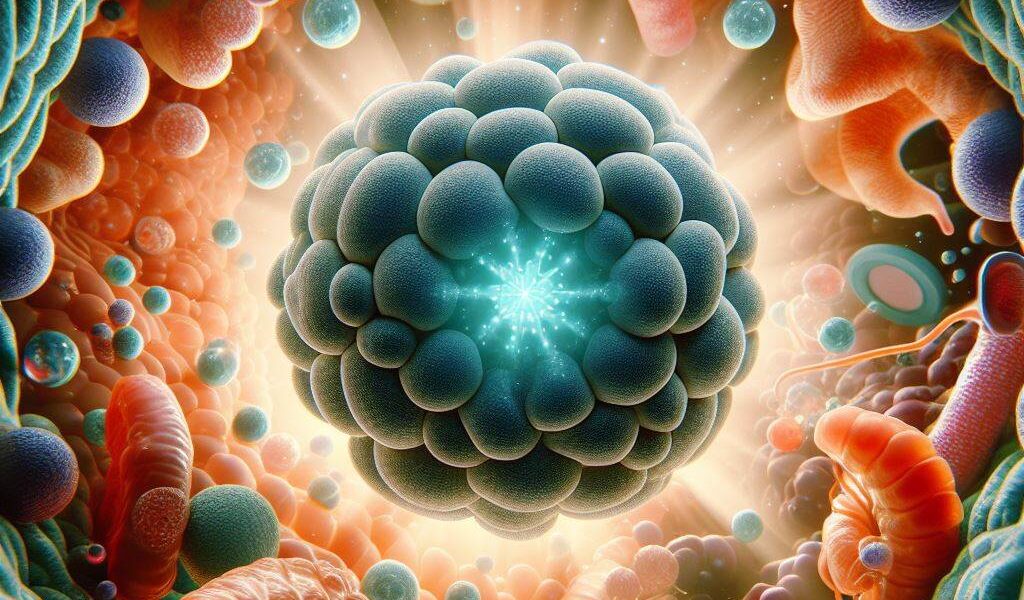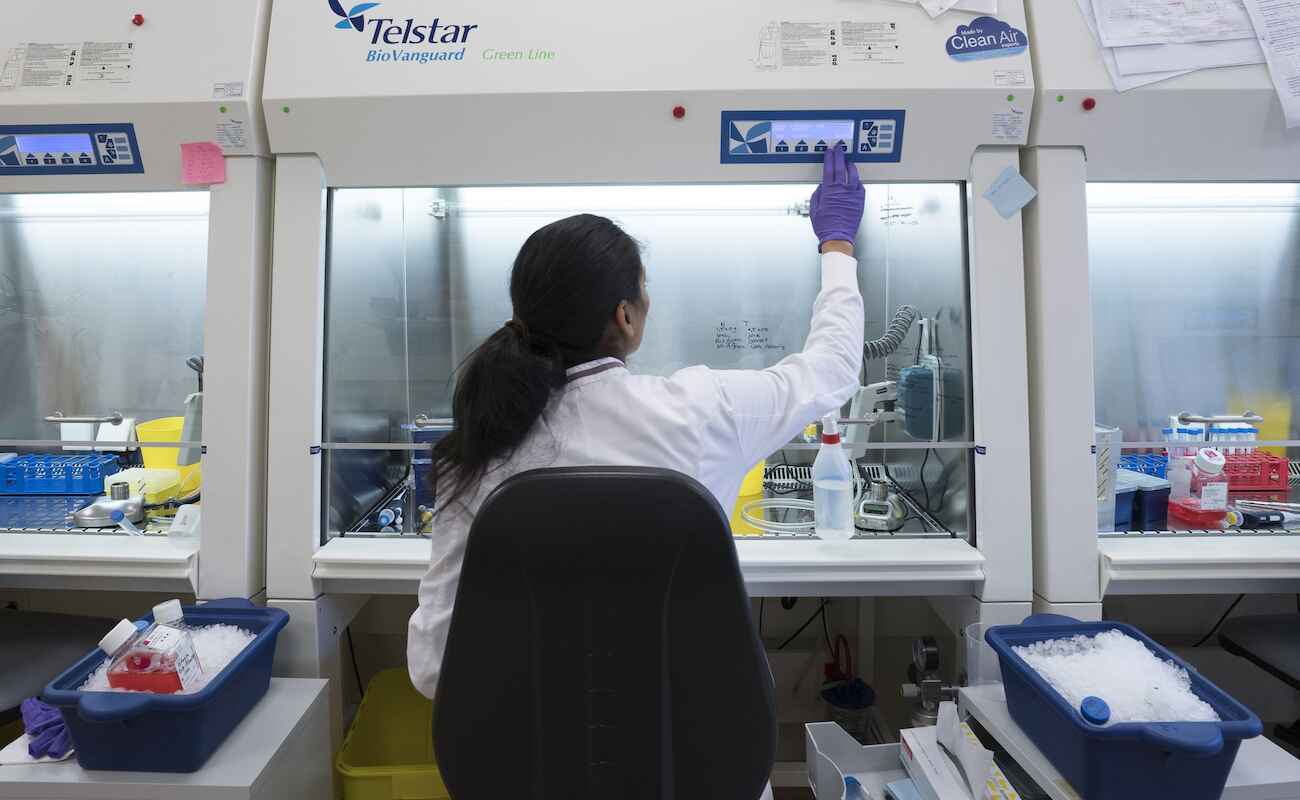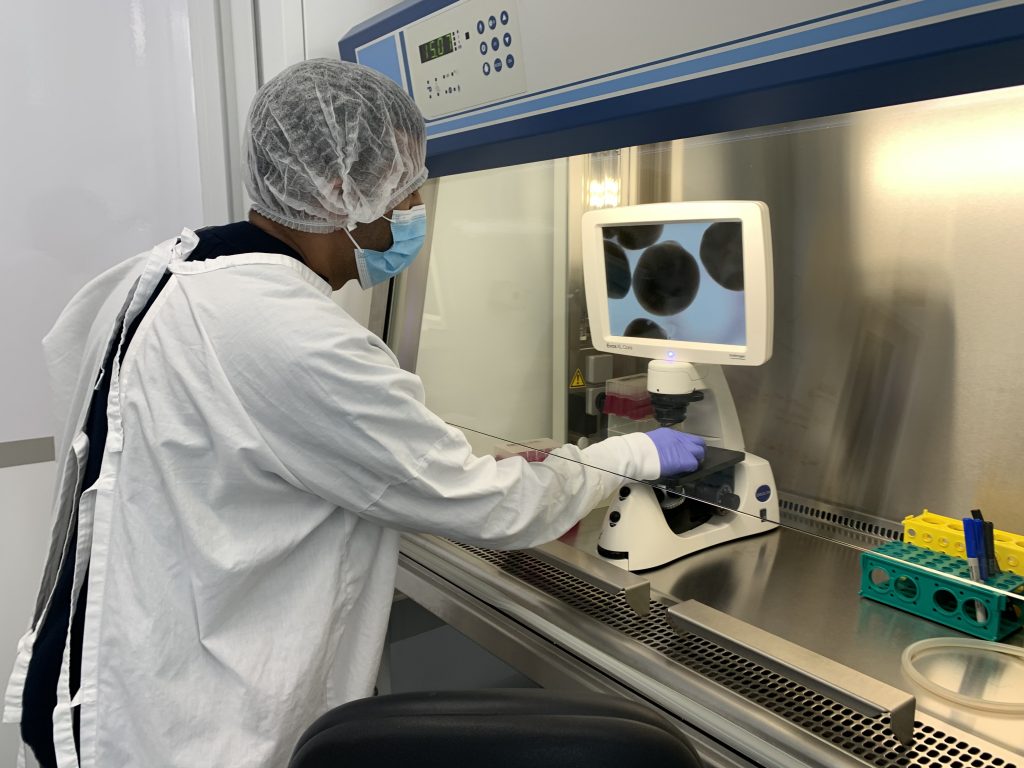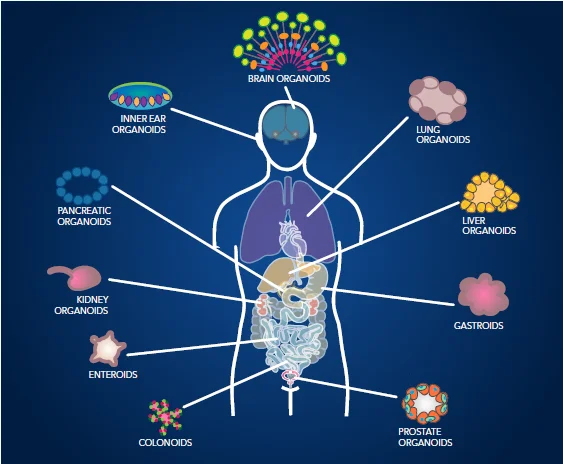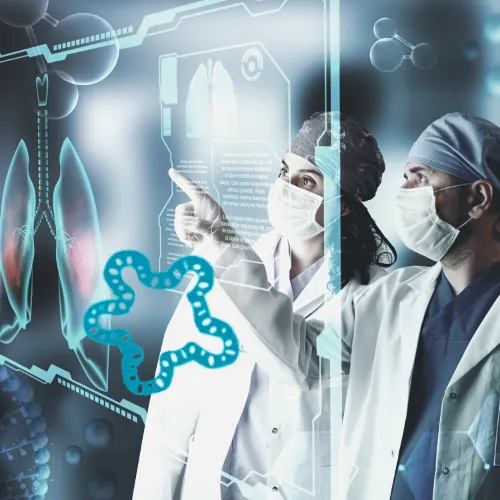How these mini-organs can revolutionize disease research and treatment
Prof. Aécio D’Silva, Ph.D
AquaUniversity
Organoids are tiny, self-organized 3D tissue cultures that can mimic the structure and function of real organs. They have the potential to transform medical research and offer new hope for patients with various diseases.
Have you ever wondered what it would be like to have a miniature version of your own organs, such as your brain, heart, or liver, growing in a lab? Sounds like science fiction, right? Well, not anymore. Thanks to the advances in stem cell technology, scientists have been able to create organoids, which are essentially 3D models of organs derived from stem cells. They can replicate some of the complexity and diversity of real organs, making them ideal tools for studying human development, disease, and drug response. In this blog post, we will explore what they are, how they work, and how they can help us treat diseases in humans.
What are stem cells?
Stem cells are special cells in your body that can divide and produce different types of cells with specific functions. They act as the building blocks for your tissues and organs. There are two main types: embryonic stem cells (found in early embryos) and adult stem cells (found in various tissues). Stem cells can help us understand and treat various diseases and conditions by replacing or repairing damaged cells. [1]
What are organoids and how are they made?
Organoids are 3D tissue cultures that can self-organize and differentiate into various cell types, resembling the architecture and function of real organs. [1a, 2]. They can be derived from different sources of stem cells, such as embryonic stem cells (ESCs), induced pluripotent stem cells (iPSCs), or adult stem cells. Stem cells, As we saw above, are cells that can divide indefinitely and produce different types of cells as part of their progeny. By providing the right environment and signals, scientists can guide the stem cells to follow their own genetic instructions and form organoids that mimic the organ of interest.
Organoids can range in size from less than the width of a hair to five millimeters. They can be grown in different ways, such as in a gel-like substance called Matrigel, in a spinning bioreactor, or in a microfluidic chip. Depending on the type and source of stem cells, they can take from a few days to a few months to develop. There are potentially as many types of organoids as there are different tissues and organs in the body. To date, researchers have been able to produce organoids that resemble the brain, kidney, lung, intestine, stomach, liver, and many more. [2a]
Brain organoids
Brain organoids are one of the most fascinating and challenging types of organoids to create. They are also known as mini-brains or cerebral organoids, and they can recapitulate some of the features of the human brain, such as the formation of different brain regions, cell types, and connections.
They can be derived from ESCs or iPSCs, and they can grow up to four millimeters in diameter. They can be used to study human brain development, design, and diseases, such as autism, schizophrenia, epilepsy, and Alzheimer’s. [3]
Kidney organoids
Kidney organoids are 3D models of the kidney that can generate various cell types and structures of the renal system, such as nephrons, tubules, and glomeruli. They can be derived from ESCs, iPSCs, or adult kidney stem cells, and they can grow up to one millimeter in diameter. They can be used to study kidney development, function, and diseases, such as polycystic kidney disease, acute kidney injury, and chronic kidney disease. They can also be used to test the toxicity and efficacy of drugs on the kidney. [4]
Lung organoids
Lung organoids are 3D models of the lung that can produce various cell types and structures of the respiratory system, such as alveoli, bronchi, and cilia. They can be derived from ESCs, iPSCs, or adult lung stem cells, and they can grow up to two millimeters in diameter. They can be used to study lung development, function, and diseases, such as cystic fibrosis, asthma, chronic obstructive pulmonary disease, and lung cancer. They can also be used to test the infection and immune response of the lung to pathogens, such as the coronavirus. [5]
Intestinal organoids
Intestinal organoids are 3D models of the intestine that can generate various cell types and structures of the digestive system, such as enterocytes, goblet cells, and crypts. They can be derived from ESCs, iPSCs, or adult intestinal stem cells, and they can grow up to five millimeters in diameter. They can be used to study intestinal development, function, and diseases, such as inflammatory bowel disease, colorectal cancer, and celiac disease. They can also be used to test the absorption and metabolism of drugs and nutrients in the intestine.
Liver organoids
Liver organoids are 3D models of the liver that can produce various cell types and functions of the hepatic system, such as hepatocytes, bile ducts, and detoxification. They can be derived from ESCs, iPSCs, or adult liver stem cells, and they can grow up to one millimeter in diameter. They can be used to study liver development, function, and diseases, such as hepatitis, cirrhosis, and liver cancer. They can also be used to test the toxicity and efficacy of drugs on the liver.
How can organoids help us treat diseases in humans?
Organoids have the potential to revolutionize medical research and offer new hope for patients with various diseases. Here are some of the ways organoids can help us treat diseases in humans:
- Organoids can provide a more realistic and human-relevant model of organ development and function than traditional 2D cell cultures or animal models. This can help us understand the mechanisms and causes of diseases, as well as discover new biomarkers and targets for diagnosis and therapy.
- They can be generated from patient-specific stem cells, such as iPSCs, which can capture the genetic and epigenetic diversity of the human population. This can help us create personalized and precise models of diseases, as well as test the response and sensitivity of individual patients to different drugs and treatments.
- They can be used to screen and evaluate the safety and efficacy of new drugs and compounds before they are tested in clinical trials. This can help us reduce the cost and time of drug development, as well as avoid potential adverse effects and failures in human trials.
- They can be used to engineer and transplant functional tissues and organs for regenerative medicine. This can help us restore or replace damaged or diseased organs in patients, as well as avoid the problems of organ shortage and rejection.
What are some applications of organoids?
Organoids are 3D tissue cultures that can mimic the structure and function of real organs. They have many applications in biomedical research, such as:
- Studying organ development and tissue morphogenesis. Organoids can help us understand how stem cells self-organize and differentiate into various cell types and structures during early development. [6]
- Modeling diseases. Organoids can capture the genetic and phenotypic diversity of human diseases and allow us to examine the role of specific genes and pathways in disease pathogenesis. For example, organoids have been used to model cystic fibrosis, Alzheimer’s, and cancer. [6a, 7]
- Testing drug sensitivity and toxicity. Organoids can provide a more realistic and human-relevant platform for screening and evaluating the safety and efficacy of new drugs and compounds before they are tested in clinical trials. For example, organoids have been used to test the infection and immune response of the lung to the coronavirus. [6]
- Potentially forming complex tissues for transplantation. Organoids can be used to engineer and transplant functional tissues and organs for regenerative medicine. This can help us restore or replace damaged or diseased organs in patients and avoid the problems of organ shortage and rejection. [6] For example, organoids have been used to generate retina, kidney, and liver tissues for transplantation.
These are some of the main applications of organoids, but there are many more in different fields and domains. Organoids are considered one of the most significant scientific advances of the last decade, and they have continued to grow more advanced and helpful year over year. Organoids are the future of medicine.
How can I create my own organoid?
Creating your own organoid is not a simple task, as it requires specialized equipment, materials, and skills. However, here are some general steps that you can follow to get an idea of how organoids are made. [8]
- First, you need to obtain a source of stem cells, which are cells that can divide indefinitely and produce different types of cells as part of their progeny. You can use either organ-specific adult stem cells (ASCs) or pluripotent stem cells (PSCs), such as embryonic stem cells (ESCs) or induced pluripotent stem cells (iPSCs).
- Second, you need to provide the right environment and signals for the stem cells to self-organize and differentiate into the organoid of interest. You can use a gel-like substance called Matrigel, which mimics the extracellular matrix and supports the growth and survival of the cells. You can also add growth factors and other molecules to the culture medium, which can influence the development and function of the organoid.
- Third, you need to monitor and maintain the organoid culture, which can take from a few days to a few months depending on the type and source of stem cells. You need to change the culture medium regularly, and you may need to split or passage the organoids to avoid overcrowding or cell death. You can also use different methods to shape and engineer the organoids, such as 3D bioprinting, microfluidic chips, or genetic manipulation.
- Fourth, you need to analyze and characterize the organoid, which can be done using various techniques, such as microscopy, histology, immunostaining, gene expression, or functional assays. You can compare the organoid to the native organ and evaluate its similarity and specificity. You can also use the organoid to study organ development, disease, and drug response.
These are some of the basic steps involved in creating your own organoid, but there are many more details and challenges that you need to consider. If you are interested in learning more about organoids, you can check out some of the online courses and resources that are available by clicking here. [9]
In summary, organoids are a fascinating and promising technology that can help us understand and treat human diseases like never before imagined. They are tiny, self-organized 3D tissue cultures that can mimic the structure and function of real organs. They have the potential to transform medical research and offer new hope for patients with various diseases. Organoids can help us study human development, disease, and drug response in a more realistic and human-relevant way. They can also help us create personalized and precise models of diseases, as well as engineer and transplant functional tissues and organs for regenerative medicine. Organoids are considered one of the most significant scientific advances of the last decade, and they have continued to grow more advanced and helpful year over year. Organoids are the future of medicine. launch
References:
[1]https://www.mayoclinic.org/tests-procedures/bone-marrow-transplant/in-depth/stem-cells/art-20048117
[1a] What are organoids? – The Jackson Laboratory. https://www.jax.org/news-and-insights/2021/may/what-are-organoids
[2]https://hsci.harvard.edu/organoids
[2a] https://www.jax.org/news-and-insights/2021/may/what-are-organoids
[3] https://link.springer.com/article/10.1007/s00109-020-02025-3.
[4] https://link.springer.com/article/10.1007/s12015-023-10651-w.
[5] https://academic.oup.com/ibdjournal/article/29/9/1488/7140223.
[6] https://cytosmart.com/resources/resources/organoids-definition-culturing-methods-and-clinical-applications.
[7] https://www.news-medical.net/life-sciences/Applications-of-Organoids.aspx.
[8]https://hsci.harvard.edu/organoidshttps://www.jax.org/news-and-insights/2021/may/what-are-organoids:
[9]https://cellculturedish.com/organoid-models-getting-started-and-culture-tips/
